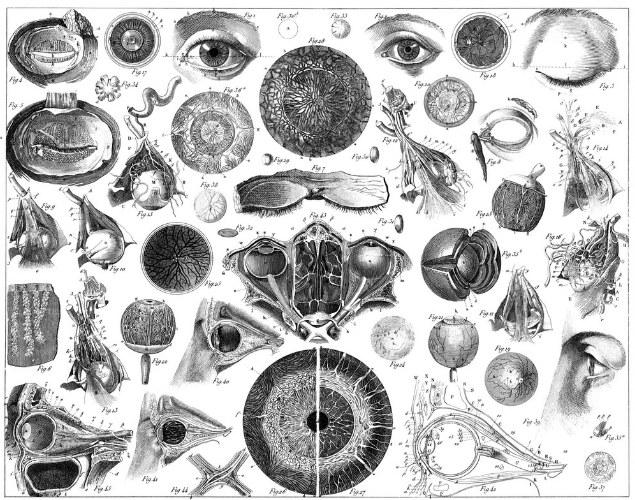Abstract
 |
Abstract\n In this article, we evaluate the performance of a data-driven background estimate method based on Gaussian process regression (GPR). A realistic background spectrum from a search conducted by CMS is considered, where a large sub-region below the trigger threshold is included. It is found that the \n \n $$L_2$$\n <mml:math xmlns:mml=\http://www.w3.org/1998/Math/MathML\>\n \n L\n 2\n \n </mml:math>\n \n regularisation can serve as a set of hyperparameters and control the overall modelling performance to satisfy common standards established by experiments at the large hadron collider (LHC). In addition, we show the robustness of this method against increasing luminosity via pseudo-experiments matching the expected luminosity at the high-luminosity LHC (HL-LHC). While traditional methods relying on empirical functions have been challenged during LHC Run 2 already, a GPR-based technique can offer a solution that is valid through the entire lifetime of the (HL)-LHC.\n
|
Jackson Barr et al., Gaussian process regression as a sustainable data-driven background estimate method at the (HL)-LHC, Eur. Phys. J. C

